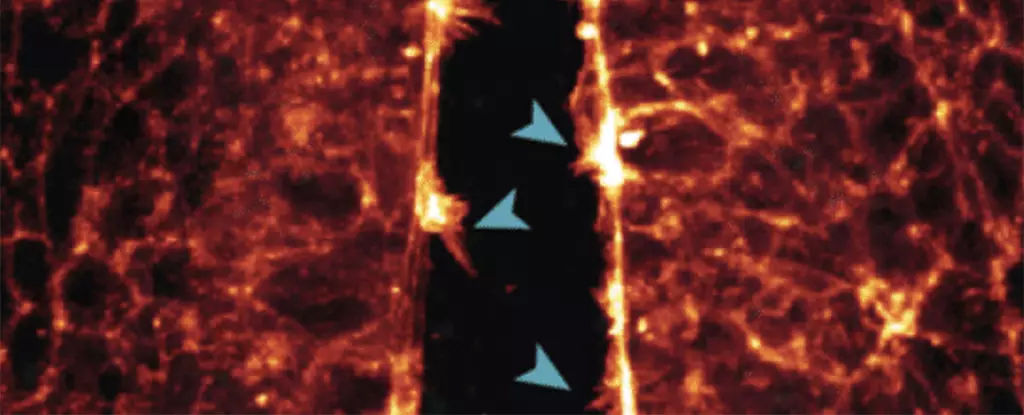In recent years, scientists have taken a groundbreaking approach to studying developing fetuses by utilizing quail eggs as a unique model. This innovative method provides researchers with a real-time, high-resolution look at the intricate processes that shape early embryonic development. While this approach may seem unexpected, the similarities between human and quail embryonic development make it an ideal choice for in-depth studies.
One of the key advantages of using quail eggs for research is the ability to observe crucial developmental processes that were previously studied through static slides. By breeding quails to express a fluorescent peptide that binds to actin proteins in the early embryo, researchers in Australia were able to witness cells migrating and forming vital organs such as the heart, brain, and spinal cord in real-time. This groundbreaking approach has provided unprecedented insights into the complex mechanisms that govern early embryonic development.
The implications of this research extend beyond scientific curiosity, shedding light on the potential causes of birth defects and other health issues in newborns. By observing how cells interact and form essential structures like the neural tube and early heart, scientists can gain valuable insights into the origins of congenital abnormalities. For instance, abnormalities in the closure of the neural tube during human development can result in severe brain and spinal cord defects, highlighting the critical importance of understanding these processes at a molecular level.
The use of quail eggs as a research model presents a promising avenue for further studies aimed at identifying new targets for preventing or screening for birth defects. By elucidating the role of specific proteins and genes involved in embryonic development, researchers hope to pave the way for more effective interventions to promote healthy pregnancies. The ongoing efforts to refine these models and expand our understanding of embryonic development hold the key to improving prenatal care and reducing the incidence of birth defects in the future.
The utilization of quail eggs as a tool for studying embryonic development represents a significant leap forward in our quest to unravel the mysteries of life’s earliest stages. Through cutting-edge imaging techniques and innovative research approaches, scientists are uncovering new insights into the complex processes that shape human development. As we continue to explore the potential applications of this research, we have the opportunity to transform prenatal care and enhance our ability to ensure the health and well-being of future generations.


Leave a Reply